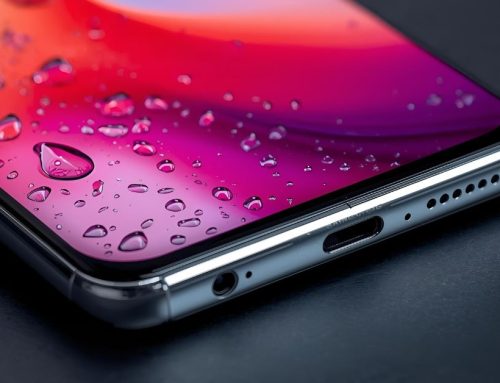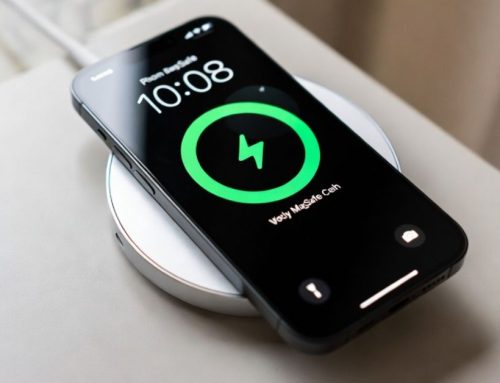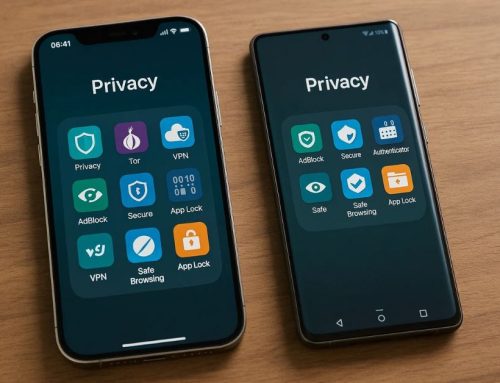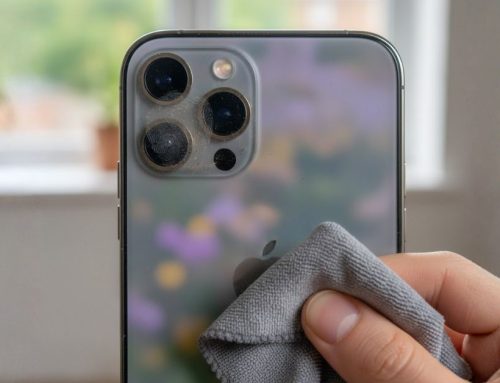Knowing how to backup iPhone is an essential step before upgrading to a new device, performing a factory reset, or troubleshooting major software issues. Many users overlook this process until it’s too late losing valuable data like contacts, photos, messages, app data, and personal settings in the transition. By creating a secure and complete backup ahead of time, you not only protect your information but also ensure a smoother experience when transferring data to your new iPhone.
In 2025, with iPhones storing more personal and professional information than ever before, it’s more important than ever to understand how to backup iPhone using reliable methods. Whether you’re planning a device upgrade, troubleshooting glitches, or simply preparing for the unexpected, learning how to backup your iPhone properly gives you peace of mind.
This guide will walk you through simple, step-by-step instructions on how to backup iPhone via iCloud, Finder (or iTunes), and even third-party software solutions. We’ll also cover common mistakes to avoid and tips to ensure your backup is complete and secure so when you’re ready to switch phones or restore your data, you can do so confidently and without loss.
How to backup iPhone or iPad using iCloud and Settings
 If you’re wondering how to backup iPhone or iPad quickly and conveniently, the easiest method is through your device’s Settings using iCloud. This built-in option allows you to save a complete backup of your device to your iCloud account. Once stored, this backup can be restored to any Apple device, making it perfect for upgrades, resets, or data recovery.
If you’re wondering how to backup iPhone or iPad quickly and conveniently, the easiest method is through your device’s Settings using iCloud. This built-in option allows you to save a complete backup of your device to your iCloud account. Once stored, this backup can be restored to any Apple device, making it perfect for upgrades, resets, or data recovery.
One of the biggest advantages of backing up to iCloud is accessibility — your data is stored securely in the cloud and can be accessed from anywhere with an internet connection. However, you’ll need to ensure two key things: a stable Wi-Fi connection and enough available storage in your iCloud account. Apple offers 5GB of free storage by default, but if your data exceeds this limit, consider upgrading your iCloud plan for a small monthly fee.
Steps on How to Backup iPhone to iCloud:
- Go to Settings and click on your own name. Then click iCloud.
- Select iCloud Backup.
- Select Back Up Now.
Make sure to stay connected to Wi-Fi throughout the entire process, as backups can take time depending on the size of your data and internet speed. Once your iPhone backup is complete, the system will display the date and time of the last successful backup, which is helpful for peace of mind and future reference.
Using iCloud is a hassle-free and wireless way to understand how to backup iPhone regularly, especially if you enable automatic backups under the same settings. This ensures that every time your iPhone is plugged in, locked, and connected to Wi-Fi, it will back up automatically without manual intervention.
Set Automatic iCloud backups for iPhone or iPad
If you want a hands-free way to ensure your data is always safe, setting up automatic iCloud backups is the smartest choice. Once enabled, your iPhone or iPad will regularly back up important data like contacts, photos, messages, app data, and settings whenever it meets the right conditions — connected to Wi-Fi, plugged into power, and locked.
Here’s how to set automatic iCloud backups on your iPhone or iPad:
- Open the Settings app on your device.
- Tap on your Apple ID name at the top of the screen.
- Go to iCloud > iCloud Backup.
- Toggle on iCloud Backup.
From this point forward, your iPhone will automatically back up in the background without you needing to do anything. This method is not only convenient but also reliable, especially if you frequently forget to manually back up your device. As always, ensure you have a stable internet connection and sufficient iCloud storage to accommodate the backup. By automating this process, you eliminate the risk of forgetting and help reinforce the habit of always knowing how to backup iPhone effectively and safely.
How to back up your iPhone or iPad with iTunes
Another effective way to understand how to backup iPhone is by using a computer either with iTunes on Windows (or older macOS versions) or Finder on newer Mac systems. This method is ideal if you prefer not to use iCloud or want to maintain physical copies of your data for added control and security.
Steps to Backup iPhone Using iTunes (Windows/macOS Mojave and earlier):
- Launch iTunes on your PC or older Mac.
- Connect your iPhone or iPad to your computer using a USB cable.
- Enter your passcode on your device if prompted, and tap Trust This Computer if the message appears.
- In iTunes, click the small iPhone or iPad icon in the top-left corner of the window.
- If you’re on a PC, select Summary from the sidebar menu.
- Under the Backups section, click Back Up Now to begin.
To secure sensitive data like Health records, passwords, and Apple Watch activity, you can choose to encrypt your local backup. Just tick the “Encrypt local backup” checkbox before starting the process. Be sure to create a memorable password or store it securely; you won’t be able to restore the backup without it.
If you plug your iPhone or iPad in and there’s no option to select it you can try these steps from Apple to fix the problem. Using iTunes or Finder is a trusted method for those who want more control over how to backup iPhone without relying on cloud storage. It’s especially useful when iCloud storage is full or unavailable.
 How to Back up iPhone or iPad with Finder
How to Back up iPhone or iPad with Finder
Another trusted method on how to backup iPhone is using your computer either iTunes on Windows or Finder on macOS (for macOS Catalina and later). This method allows you to store a full backup locally on your computer, and it’s a good choice if you prefer not to use iCloud or want additional control over your data.
Steps to Backup iPhone Using iTunes or Finder:
- Launch iTunes (Windows or macOS Mojave and earlier) or open Finder (macOS Catalina and later).
- Connect your iPhone or iPad to your computer using a USB cable.
- If prompted, enter your device passcode and select Trust This Computer.
- Click the device icon (small phone or iPad image) at the top left.
- If using iTunes, select Summary from the sidebar.
- Click Back Up Now to start the backup process.
If you want to include sensitive information like Health data or Apple Watch activity, enable the Encrypt local backup option before clicking “Back Up Now.” Just make sure to remember your encryption password, as there’s no way to recover the backup without it. If you want to include sensitive information like Health data or Apple Watch activity, enable the Encrypt local backup option before clicking “Back Up Now.” Just make sure to remember your encryption password, as there’s no way to recover the backup without it.
In some cases, your iPhone or iPad might not appear in iTunes or Finder. If this happens, you can refer to Apple’s official troubleshooting steps to resolve the issue. Backing up to your computer is an ideal alternative for those who prefer local backups or have limited iCloud storage. It also gives you direct access to your data in case of emergency.
Restore iPhone or iPad from a Backup
Once you have saved a backup, you will have the option to restore it in the future, either to your current phone or over to a new one. If you ever have anything go wrong with your phone, this is especially helpful to prevent losing all your data; photos, messages, contacts and settings.
If you have created backups and can’t find them you can try these steps from Apple.
If you are still experiencing problems with creating or restoring a backup and are worried about losing your data, the next step is to find a reputable mobile phone repairer to help. Here at Fix My Mobile, we have completed mobile phone data recovery for many iPhone users so please contact us to discuss your issue.
Final Thoughts on How to Backup iPhone Before Getting a New One
Backing up your iPhone isn’t just a recommended step before switching to a new device, it’s a crucial habit that protects your digital life. Whether you use iCloud, iTunes, Finder, or third-party software, knowing how to backup iPhone gives you control over your personal data, settings, and memories. Make it a habit to regularly back up your iPhone, even if you’re not immediately upgrading. This ensures you’re prepared for unexpected issues like data corruption, theft, or hardware failure.
By taking the time to learn how to backup iPhone correctly, you safeguard not just your contacts and photos, but your peace of mind as well. With technology evolving in 2025, so do the risks and opportunities for data loss or recovery. Fortunately, Apple makes it relatively simple to create secure backups but the responsibility to do it still lies with you. Don’t wait until it’s too late to ask, “Did I save everything?”
In summary, if you’re asking yourself how to backup iPhone properly before trading it in or setting up a new one, the methods outlined above will serve you well. Choose the one that fits your needs and schedule regular backups to keep your digital life protected now and in the future.

 How to Back up iPhone or iPad with Finder
How to Back up iPhone or iPad with Finder




